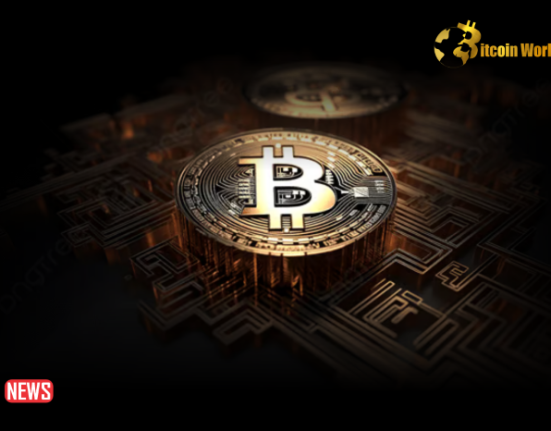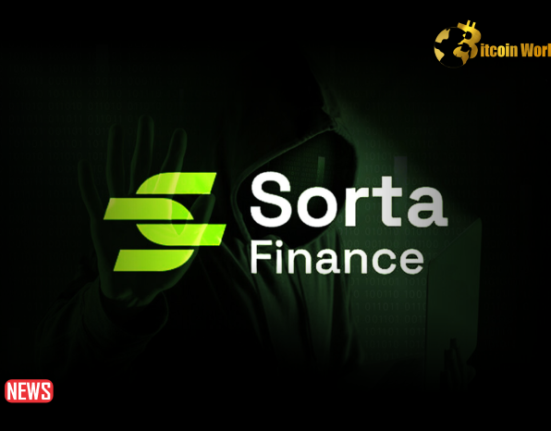A Bitcoiner has physically taken the Lightning Network into his own hands, implanting a small payment chip in his palms to enable NFC contactless payments.
The Bitcoin community is still stunned by the Lightning Network. F418 (not his actual name) is a Swiss IT Professional who surgically inserted a Lightning-enabled chip into his right hand in order to make Lightning Network (LN) payments.
F418 told Cointelegraph that he experimented with body alteration and LN payments for fun. He does not advocate that Bitcoin fans take control of the layer-2 payments network, the LN, as he did. “The purpose is just to demonstrate that it is feasible and that you can achieve things like that.” He went on to say that although most individuals carry cards, it’s his hand that has the wow factor:
“It’s hilarious if you’re making a presentation, because I occasionally do payments presentations and speak to people who work in banks, and they make “Big Eyes” if they see that [my hand].” You do not need the implant.”
Cointelegraph first met F418 during the LN-friendly Plan B Lugano Conference in his native nation of Switzerland. His efforts to pay were unsuccessful since the first implant F418 used was “Defective.” Undaunted, F418 went to a doctor to get the implant surgically removed before attempting again.
The second try was successful. The chip fits perfectly in his right palm and allows him to make LN payments without having to grab for a Bolt Card or a smartphone. But, Cointelegraph wondered, does it hurt? “I don’t feel anything,” he said, “even when I go to the gym.”
Nonetheless, F418 raises some concerns about the method. While the procedure is medically safe, “the only difficulty with implants is that they cannot be made really safe.” It does not provide the same level of protection as the bolt card; you can only withdraw through LNURL; it is not secure.”
Furthermore, if you make a mistake during the implantation procedure, taking the chip in and out of the body is not a smart idea. It might cause injury or illness, according to F418, so it’s important to do it correctly the first time.
In summary, the NFC chip implanted in F418’s palm allows him to make LN payments without the need of a physical device, such as a smartphone or card. To make a payment, he merely places his palm near a suitable NFC scanner. It’s undoubtedly the most convenient Bitcoin payment method, allowing for rapid and simple transactions without the need for any extra hardware.
Near Field Communication (NFC) technological application cases have emerged in the Bitcoin realm. Indeed, NFC payments over the LN have grown in popularity with the launch of the Bolt Card, which was originally trialed over lunch on the Isle of Man and is now accessible in ‘Bitcoin Country,’ a.k.a. El Salvador.
It is simple to configure an NFC card, sticker, or even a sock to accept payments (see below Twitter video). It is worth mentioning, however, that F418’s NFC implant into a person is the first of its type. F418 has made the whole process open-source and available on GitHub, including health warnings. He’s dubbed the procedure “Lightning Paw.”
The LN is a payment mechanism that runs on top of the Bitcoin network. It enables users to make repeated payments without having to wait for the transactions to be verified on the blockchain, allowing for near-instant and near-free transactions. In essence, the LN establishes a network of payment channels between users, enabling them to interact without having to record each transaction on the blockchain.














